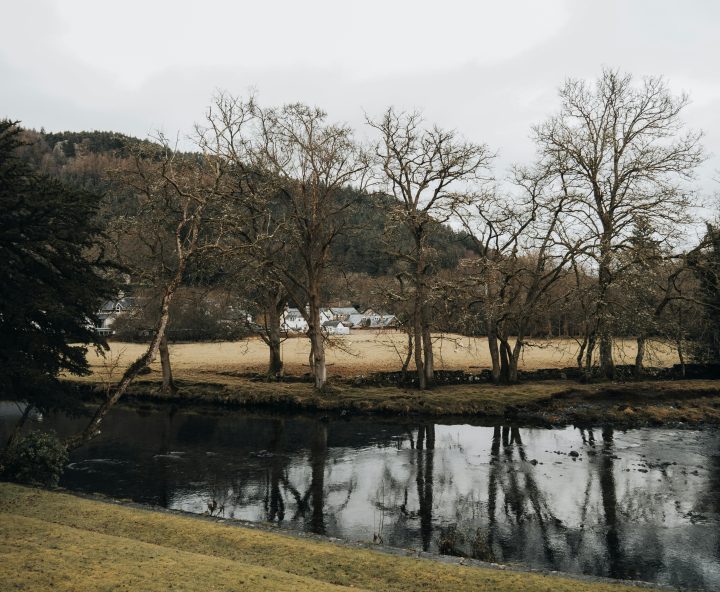Challenge
This project sought to develop a new approach for monitoring levels of ammoniacal nitrogen pollution in rivers. By fusing optical water quality sensors with machine learning techniques, it aimed to generate a commercially viable solution which would enable industry to fulfil monitoring obligations, and reduce the impact of wastewater on the environment.
The project aimed to assess river water quality by investigating the relationship between real-time data collected from Proteus optical sensors situated in rivers, and the ammonia levels of the water. This novel data can support the development of a new commercial monitoring solution. Machine learning methods were explored to validate the new solution and support assessment of its technical feasibility.
Outcome
Proteus identified a suitable, secure urban river site along Bourn Brook for sensor deployment and calibration, and installed a Proteus optical monitoring platform alongside an autosampler to collect more than 30 water samples. These samples were sent for laboratory analyses of nutrients and fluorescence, to identify factors which may be interfering with pollution readings, as well as assessing drift so that methods of correcting this error could be explored.
The team collaborated with Proteus customers and end users of technology to identify new agricultural monitoring sites along the River Evenlode in the Cotswolds, where local stakeholders were using Proteus instruments. A small number of validation samples were also collected at this site, to verify the equipment’s effectiveness.
Alongside this work, Proteus’ KTP associate hired for this project collated historical data from a variety of sources. This information was used to trial various approaches for modelling ammonia and accounting for sensor drift, as well as trialling the concept of transferring calibration between equipment at different sites.
A comprehensive report was written highlighting the model development process and a discussion of the challenges that remain before the sensor can be rolled out to Proteus clients.
Impact
This project has yielded new understanding of the factors which can be monitored to accurately predict ammonia and ammonium levels in river water. This new intellectual property will help Proteus to gain an advantage when competing for customers, such as water companies and regulators.
The large amount of sensor data collected, plus the historical data on covariates, has been formatted for use in future R&D efforts.
Based on the research, funded by Innovate UK – Accelerated Knowledge Transfer (AKT), a new end user group for Proteus instruments has been established: NGOs. Two meetings with customers of this type were held, helping to embed understanding of ammonia and ammonium monitoring among end users and emphasising the importance of proper sensor installation and maintenance.
The project also represented an important collaboration between Proteus and the University of Birmingham, which can be built upon to refine the model with more data and improve the drift correction algorithms.
This new monitoring solution will help protect the environment through improved monitoring of wastewater discharge to river ecosystems. The associated step-change in system understanding will deliver better decisions and management, protecting ecosystem integrity.
Real-time information on whether a waterbody is safe and complies with WFD/bathing water standards also has the potential to be provided to the public. Furthermore, ammoniacal nitrogen measurement is used for water pollution enforcement and prosecution; if timely information can be provided, it can be used for rapid interventions to address pollution events.
The future
Further testing of how the pollution-measuring models perform against new datasets is planned, to generate a deeper understanding of the calibration algorithms needed at each sensor site to gain the most accurate results. The algorithms which characterise changes in optical variables during hydrological events, such as to reflect changes in the source and composition of river sediment, will also be refined.
Follow-on funding is being sought through the University of Birmingham Impact Fund, which would be used to employ a research associate to convert the report concluding this project into a publication, and further develop automated data analysis tools.
Further development of the new technology will help differentiate Proteus from other manufacturers, by enabling the company to offer savings of ~65% per annum compared to current devices. With 22,000 potential installations and annual maintenance costs of £5000 per location, this could yield annual savings of c.£77million for the industry.
Associated installation and maintenance contracts for Proteus could lead to 50-100 new positions over the next 5-10 years. The increased revenue would also allow the company to increase R&D through new funding opportunities, including KTPs.
What they say
“The AKT has facilitated the continued collaboration with academia, enabling us to undertake cutting edge research. This research and new IP is essential and ensures Proteus can continue to advance and innovate in the environmental monitoring sector.”







